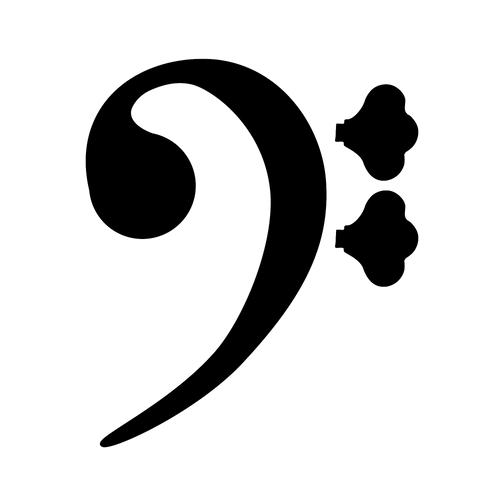When I started learning the double bass, one question kept coming up again and again: should I play with a German bow or a French bow? At first, I didn’t think it mattered much. A bow is a bow, right? But the more I played, the more I realized how different these two styles feel in the hand and how much they shape your sound and comfort.
That question stayed with me. Every teacher I met had a preference, and every bassist seemed to have their own reason for sticking with one style. In this post, I’ll share what I’ve learned about both bow styles, how they differ in grip and tone. This might help you pick the right one for your playing.
A Bit of History
Both styles have been around since the double bass appeared in the late 15th or early 16th century. The German bow came first. Here's something interesting. The "German" bow came from Italy. Domenico Dragonetti, a virtuoso from Venice who lived from 1763 to 1846, made this underhand style famous. It spread through Austria-Hungary, then Germany and Eastern Europe.
The French bow also came from Italy, from Giovanni Bottesini in the 1800s. He helped make the overhand grip popular. The style spread through France and Spain, then came to America.
Comparing the French and German Double Bass Bows
In terms of grip, the first thing you'll notice is how different they feel. With a French bow, players use an overhand hold, similar to violin or cello technique. For the German bow, your palm faces partly upward in an underhand position.
When you look at them side by side, the French bow looks like a bigger version of a violin bow. In contrast, German bows have a wider frog and a different shape overall.
What Does Each Bow Do Well?
French Bow Pros
When it comes to string crossings, the French bow gives you an advantage. Wrist flexibility comes easier with this grip. For fast passages, players often find precise control with this bow. The sound tends to be brighter and more articulate.
German Bow Strengths
Bouncing comes naturally with the German bow. Sometimes, too naturally, which means spiccato strokes develop faster. With this style, your whole body connects to the string in a different way. When you need to transfer arm weight to the string, this grip works better, giving you more power and a deeper tone.
What Might Be Challenging
Over time, hand fatigue affects French bow players, especially at the thumb joint. As players get older, this tends to get worse. Getting loud, forceful sounds takes more effort compared to the German bow. You need to develop the right technique to match the volume a German bow produces naturally.
With the German bow, string crossing gets trickier. The wrist orientation doesn't give you the same flexibility. You need to work harder to cross strings smoothly, especially on the lower side of the bass. The bouncing that makes spiccato easy sometimes works too well. You may need to develop more control to avoid unwanted bounce.
Which One Should You Use?
In orchestras, learning both bows is common among players. Having both styles in your case lets you pick based on the music. Often, the choice depends on what sound you need for a particular piece.
See which feels more natural in your hand. Think about:
- Your teacher's style. If your teacher plays the French bow, they might teach the French bow better. Same for the German bow.
- Your musical goals. What style of music do you want to play? Where do you want to perform?
- Your physical comfort. Which grip feels better after 30 minutes of practice?
- Your background. Did you play another stringed instrument before the bass?
- What's available to you? Some students only have access to one bow type at first.
I want to be clear about this. Between the two bows, neither is better than the other. At the professional level, bassists use both. For advanced players, learning both and switching between them is common. In the end, personal preference drives the choice.
Around the world, you'll find the best players using a German bow. You'll also find top players using a French bow. What matters most is your technique and practice, not which bow you pick.
Shopping for Your Next Bow?
I have carbon fiber options that might work for you:
For players who prefer the overhand grip, the Fiesta Carbon Fiber FRENCH Bow is built with consistency and durability in mind. Unlike wooden bows, carbon fiber gives you reliable performance.
For those who like the underhand style, the Fiesta Carbon Fiber GERMAN Bow offers the same quality construction.
These carbon fiber bows resist humidity and temperature changes. They tend to be MORE AFFORDABLE than high-end wooden bows while still giving you good tone and response.
If you're looking for something with a different feel, the iStrad French Bow might be worth checking out. This bow is designed with my playing style in mind and offers another solid option for French bow players.
Have questions about which bow might be right for you? Send us a message. I'm here to help you find the right fit for your playing style and goals.

